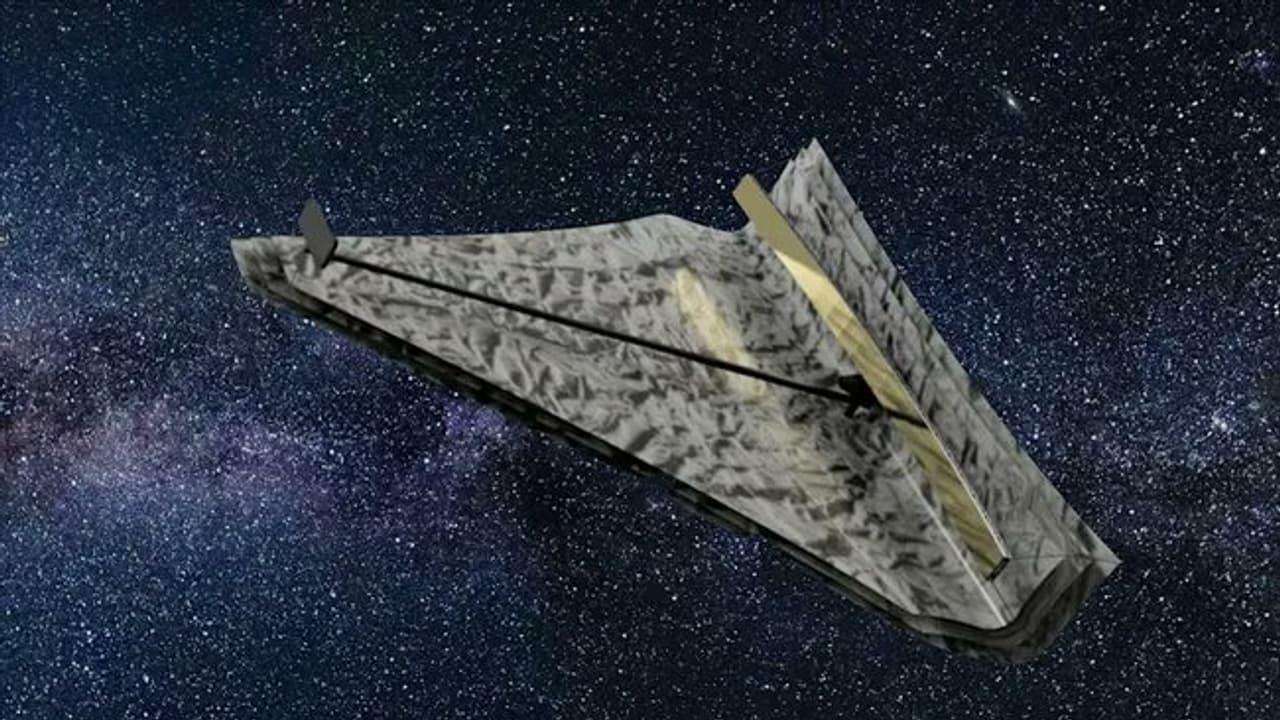Rectangular Telescope Could Reveal Dozens Of Earth-Like Worlds
For centuries, humans have looked up at the night sky and wondered if we are alone. We've spotted thousands of exoplanets-worlds orbiting other stars-but finding a true Earth twin, with liquid water and conditions ripe for life, has remained just out of reach. The problem isn't our curiosity-it's our tools.
Why Finding Earth's Twin Is So Hard
Spotting an Earth-like planet is like trying to see a firefly next to a stadium floodlight from miles away. A star can outshine its planet by millions to billions of times, making it nearly impossible for conventional telescopes to separate the faint glow of a planet from its blinding host.
The James Webb Space Telescope (JWST), our most advanced eye in space, has a 6.5-meter circular mirror. It's powerful, but still too small to distinguish a planet like Earth orbiting a sun-like star 30 light-years away. To get the clarity needed, astronomers estimate we'd need a telescope about 20 meters wide-an enormous leap in space engineering. The research is published in the journal Frontiers in Astronomy and Space Sciences, as indicated both by a Frontiers editorial and media summaries of the study.
The Bold Idea: A Rectangular Telescope
Instead of building a massive circular telescope (which would be nearly impossible to launch), researchers have proposed a surprising solution: stretch the mirror into a rectangle.
Their concept, a one-by-20-meter rectangular telescope, would collect light differently than a traditional round design. In the direction of its long side, it would act like a giant 20-meter telescope, sharp enough to separate a planet from its star. By rotating the mirror, astronomers could line it up with different star-planet systems, giving them a chance to spot worlds we've never seen before.
In simulations, this rectangular telescope could detect half of all Earth-like planets orbiting sun-like stars within 30 light-years in under three years. That means dozens of potential“Earth 2.0s” could be revealed in a single mission.
Why This Matters
If even one of those planets shows signs of oxygen or other biosignatures in its atmosphere, it would transform our understanding of life in the universe. And if a particularly promising candidate is found, future probes might one day capture images of its surface-oceans, continents, and perhaps even hints of life.
Unlike other high-risk concepts, such as flying two spacecraft in perfect formation (telescope plus starshade) or building molecule-level precise arrays, the rectangular design doesn't demand new, untested technology. It's bold, but feasible with current or near-future engineering.
The Search for Earth 2.0
Life on Earth took billions of years to evolve from simple microbes to creatures capable of building telescopes and exploring the cosmos. If Earth-like conditions exist elsewhere, intelligent life may be rare-but water, chemistry, and the seeds of biology could be common.
This unusual telescope design could be our best chance yet to answer one of humanity's oldest questions: are we truly alone, or is there another Earth out there, waiting to be found?
A weirdly shaped mirror might just give us the clearest look at our cosmic neighbors-and perhaps, the first glimpse of Earth 2.0.
Legal Disclaimer:
MENAFN provides the
information “as is” without warranty of any kind. We do not accept
any responsibility or liability for the accuracy, content, images,
videos, licenses, completeness, legality, or reliability of the information
contained in this article. If you have any complaints or copyright
issues related to this article, kindly contact the provider above.
Most popular stories
Market Research

- Daytrading Publishes New Study On The Dangers Of AI Tools Used By Traders
- Primexbt Launches Empowering Traders To Succeed Campaign, Leading A New Era Of Trading
- Wallpaper Market Size, Industry Overview, Latest Insights And Forecast 2025-2033
- Excellion Finance Scales Market-Neutral Defi Strategies With Fordefi's MPC Wallet
- ROVR Releases Open Dataset To Power The Future Of Spatial AI, Robotics, And Autonomous Systems
- Ethereum-Based Meme Project Pepeto ($PEPETO) Surges Past $6.5M In Presale






















Comments
No comment